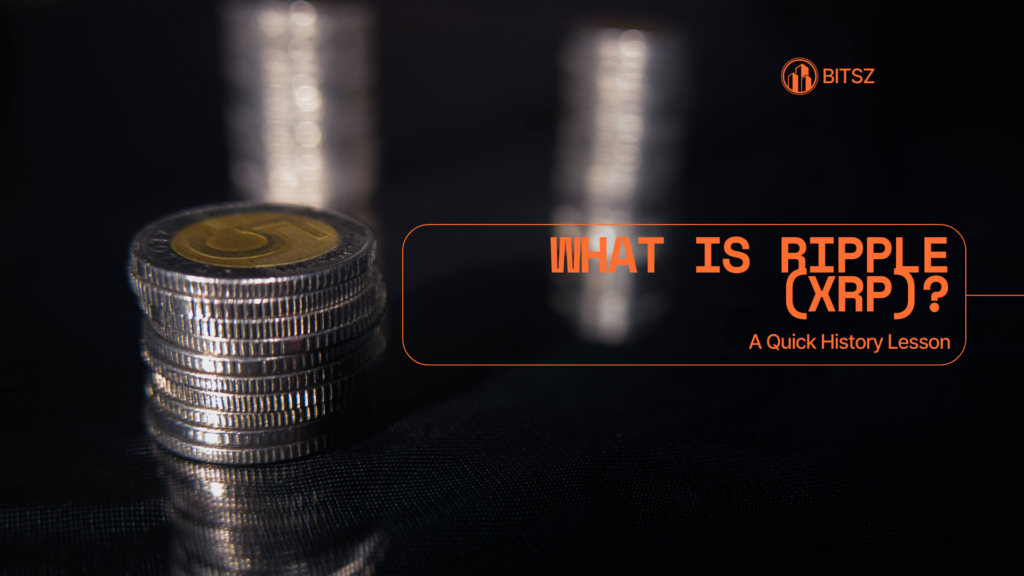What is Ripple (XRP)? A Quick History Lesson
Cryptocurrency can be confusing. Among the jargon, Ripple (XRP) stands out, a frequent topic of discussion. Wondering “What is Ripple, and XRP?” This quick history lesson provides a clear overview.
Ripple vs. XRP: Understanding the Basics
It’s important to distinguish: Ripple and XRP aren’t the same, but are linked. Think of Ripple as a tech company developing payment systems. XRP is the digital asset that powers some of these systems and exists independently. Ripple uses XRP, but XRP has its own ecosystem.
From RipplePay to Ripple Labs: A Quick History
Ripple’s story starts before the crypto boom.
- Early Days: RipplePay (2004-2011): Developer Ryan Fugger created RipplePay, a decentralized payment system for secure online money transfers – a precursor to modern systems.
- Jed McCaleb and the Birth of Ripple (2011-2012): Jed McCaleb, known in crypto circles, saw RipplePay’s potential. With Chris Larsen, he formed NewCoin in 2012, aiming to improve RipplePay using crypto principles for financial institutions.
- Ripple Labs & XRP (2012 onwards): NewCoin became Ripple Labs, launching XRP. XRP was designed as the native digital asset for fast, cheap transactions, envisioned as a bridge between different currencies and financial systems.
Focus on Financial Institutions
Ripple Labs targeted banks and payment providers, offering:
- Faster Transactions: Significantly quicker than traditional international transfers.
- Lower Costs: Cheaper than legacy systems.
- Transparency: Enhanced transaction visibility using distributed ledger technology.
Ripple developed products for institutions, including RippleNet (for payment messaging) and On-Demand Liquidity (ODL) which utilizes XRP for cross-border payments, eliminating pre-funded accounts.
XRP: More Than Just Crypto – Payments Focused
While called a cryptocurrency, Ripple positions XRP as a digital asset for payments. Key features include:
- Speed: Transactions settle in seconds, much faster than Bitcoin or banks.
- Low Cost: Tiny transaction fees.
- Scalability: Designed for high transaction volumes.
- Transparency: Public, distributed ledger.
Challenges and Controversies
Ripple’s journey has had challenges:
- Centralization: XRP is often criticized for being more centralized than other cryptos, as Ripple Labs holds a significant portion of XRP.
- SEC Lawsuit: Since 2020, Ripple has been in a legal battle with the SEC, who claim XRP is an unregistered security. This lawsuit has major implications for XRP’s US future and crypto regulation.
The Road Ahead
Ripple continues to develop its technology and partner globally, aiming to modernize payments. The SEC lawsuit outcome is crucial, especially in the US.
Whether XRP becomes a widely adopted global bridge currency is still uncertain. However, Ripple and XRP represent a long-term effort to improve financial infrastructure. In the evolving crypto world, Ripple and XRP remain significant players to watch.
